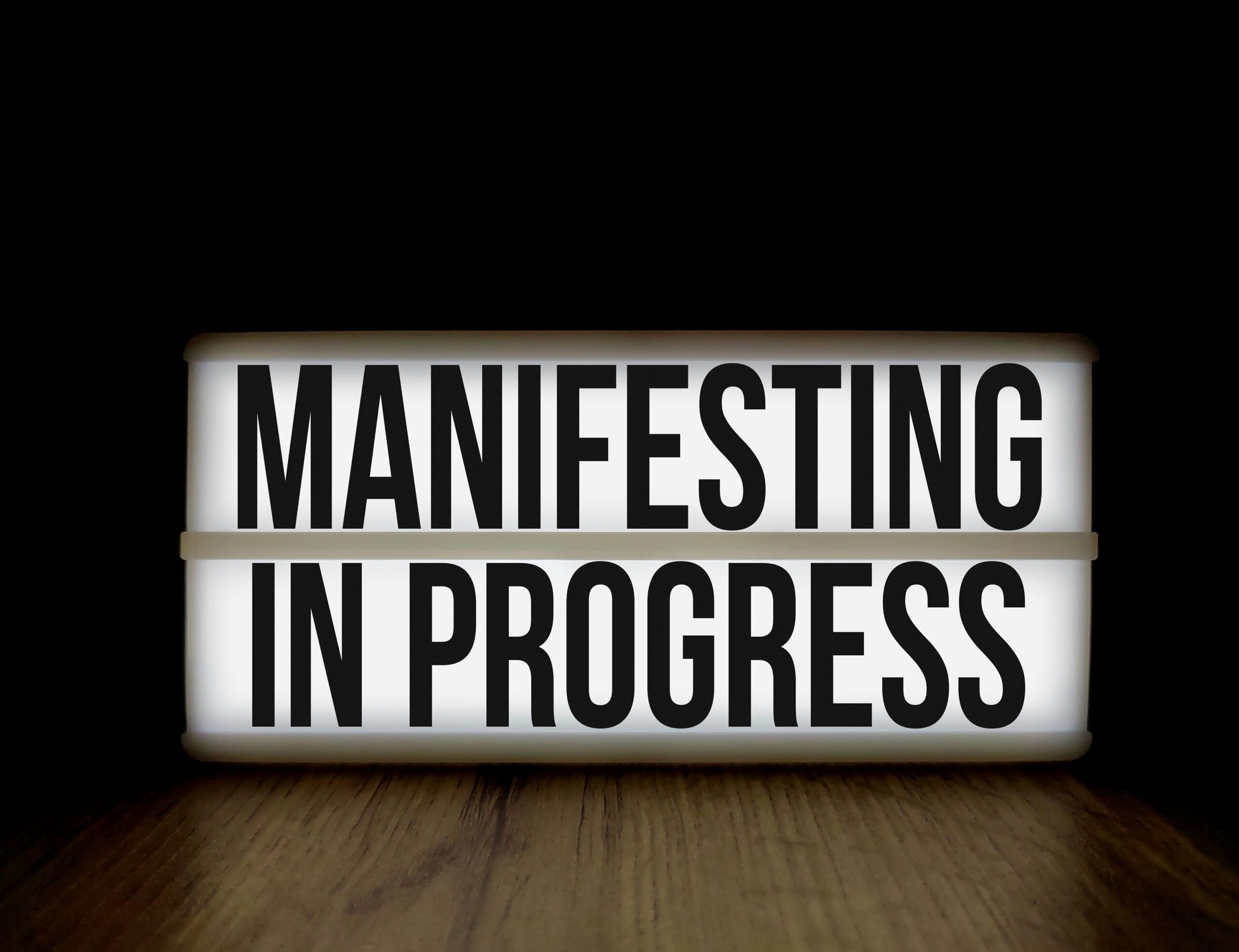Mindfulness and wealth may seem like unlikely partners, yet their intersection creates a powerful foundation for lasting financial success and personal abundance.
🧘 The Hidden Connection Between Mindfulness and Money
Most people approach wealth creation from a purely tactical perspective—budgets, investments, side hustles. While these elements matter, they overlook a fundamental truth: your relationship with money begins in your mind. Mindfulness-based wealth awareness represents a paradigm shift in how we perceive, attract, and maintain financial abundance.
This approach combines ancient mindfulness practices with modern financial psychology to create a sustainable path toward prosperity. Rather than chasing money desperately, you develop an awareness that transforms how you earn, spend, save, and invest. The results often surprise those who commit to this practice—not through magical thinking, but through profound shifts in perception and behavior.
Research from Harvard Business School shows that mindful individuals make better financial decisions, experience less money-related stress, and demonstrate greater long-term wealth accumulation. This isn’t coincidence—it’s the natural outcome of bringing conscious awareness to one of life’s most emotionally charged areas.
💡 Understanding Wealth Awareness: Beyond Positive Thinking
Wealth awareness differs fundamentally from simple positive thinking or visualization exercises. It requires honest, nonjudgmental observation of your current financial reality while cultivating the mental space necessary for growth.
This practice involves several key components:
- Present-moment awareness of spending patterns and financial decisions
- Recognition of emotional triggers that lead to poor money choices
- Conscious identification of limiting beliefs about wealth and deservingness
- Cultivation of gratitude for current resources while remaining open to expansion
- Development of intentional responses rather than reactive financial behaviors
When you practice wealth awareness, you notice the subtle anxiety that pushes impulse purchases. You observe the fear that prevents investment opportunities. You become conscious of self-sabotaging patterns that have operated beneath your awareness for years.
🧠 Rewiring Your Financial Mindset Through Mindfulness
Your brain has established neural pathways around money that formed during childhood and reinforced throughout life. These automatic patterns determine your financial destiny more than your income level or education. Mindfulness offers the tools to rewire these pathways.
Neuroscience reveals that mindfulness meditation increases activity in the prefrontal cortex—the brain region responsible for rational decision-making, planning, and impulse control. Simultaneously, it reduces activity in the amygdala, the fear center that triggers panic-driven financial choices.
This neurological shift creates space between stimulus and response. When you receive your paycheck, instead of immediately spending based on emotional impulses, you pause. In that pause lies power—the power to choose alignment with your values and goals rather than unconscious programming.
Practicing this consistently reshapes your relationship with money at the deepest level. You begin noticing abundance that was always present but overlooked. You recognize opportunities your anxious mind previously filtered out. You make decisions from clarity rather than scarcity.
📊 The Scarcity-to-Abundance Shift: A Practical Framework
Moving from scarcity consciousness to abundance awareness represents one of the most powerful transformations available through mindfulness practice. This shift isn’t about denying financial challenges—it’s about changing your relationship with them.
Consider how scarcity and abundance mindsets approach common situations:
| Situation | Scarcity Response | Abundance Response |
|---|---|---|
| Unexpected expense | “Why does this always happen to me?” | “What can I learn from handling this challenge?” |
| Someone else’s success | “There’s less opportunity for me now” | “Their success proves what’s possible” |
| Investment opportunity | “I can’t afford to lose money” | “What’s the educated risk worth taking?” |
| Budgeting | “I have to restrict and sacrifice” | “I’m directing resources toward my priorities” |
These responses might seem like mere semantic differences, but they create vastly different emotional states and subsequent behaviors. Scarcity creates contraction, anxiety, and defensive decision-making. Abundance creates expansion, possibility, and strategic thinking.
🎯 Daily Mindfulness Practices for Financial Transformation
Theory becomes transformation only through consistent practice. These daily rituals help embed wealth awareness into your routine:
Morning Money Meditation
Begin your day with five minutes of focused breathing while setting financial intentions. Rather than worrying about bills or obsessing over goals, simply breathe and affirm your capability to handle whatever the day brings financially. This practice grounds you in resourcefulness rather than anxiety.
Conscious Spending Pause
Before any non-essential purchase, take three deep breaths. Ask yourself: “Am I buying this from abundance or lack? Does this align with my values? Will I value this tomorrow?” This fifteen-second practice prevents thousands of dollars in regret purchases annually.
Gratitude Accounting
Each evening, list three financial blessings from your day. Perhaps someone bought you coffee, you found money-saving information, or you simply had shelter and food. This rewires your brain to notice abundance rather than exclusively focusing on scarcity.
Weekly Financial Review Ritual
Dedicate thirty minutes weekly to reviewing finances without judgment. Notice where money flowed, observe patterns, and make conscious adjustments. Approach this as a curious scientist rather than a harsh critic. Shame blocks growth; awareness enables it.
Several apps support mindfulness practice specifically designed for financial wellness. Tools that combine meditation guidance with spending awareness can accelerate your journey toward wealth consciousness.
💰 Transforming Limiting Beliefs About Money
Everyone carries unconscious beliefs about money absorbed from family, culture, and experience. These beliefs operate like invisible guardrails, keeping your financial reality within familiar boundaries even when you consciously desire expansion.
Common limiting beliefs include:
- “Money doesn’t grow on trees” (scarcity programming)
- “Rich people are greedy or immoral” (wealth as negative)
- “I’m just not good with money” (fixed identity)
- “You have to work incredibly hard to earn good money” (suffering equals deserving)
- “If I have more, someone else has less” (zero-sum thinking)
Mindfulness helps you identify these beliefs not through forced affirmations but through gentle observation. When you notice resistance to opportunities, anxiety around success, or self-sabotage patterns, you can trace them back to underlying beliefs.
The transformation process involves acknowledging these beliefs without judgment, questioning their validity, and consciously choosing new perspectives. You might replace “I’m not good with money” with “I’m learning to make increasingly wise financial decisions.” This subtle shift maintains honesty while opening possibility.
🌱 Creating Space for Opportunity Recognition
Financial opportunities surround you constantly, but anxiety and distraction prevent recognition. Your stressed mind filters out possibilities, seeing only threats and problems. Mindfulness clears this perceptual fog.
When your nervous system relaxes through regular mindfulness practice, you notice connections others miss. You recognize patterns in markets, gaps in services, or undervalued assets. This isn’t mystical—it’s simply the natural function of an uncluttered, present-focused mind.
Successful entrepreneurs consistently report that their best ideas emerged during relaxed, mindful states rather than anxious striving. They created mental space for innovation by releasing the desperate energy that blocks creativity.
This principle applies whether you’re employed, self-employed, or investing. The mindful employee notices advancement opportunities and develops valuable skills. The mindful business owner identifies underserved markets. The mindful investor recognizes value before the crowd.
🔄 Breaking the Cycle of Financial Stress and Poor Decisions
Financial stress creates a vicious cycle: anxiety leads to poor decisions, which create more problems, which generate more anxiety. This loop keeps millions trapped in financial struggle despite adequate income.
Mindfulness interrupts this cycle at its source. When you develop the capacity to observe stress without being consumed by it, you break the automatic stimulus-response pattern. Financial challenges still arise, but they no longer hijack your decision-making capacity.
Studies show that financial stress impairs cognitive function equivalent to losing thirteen IQ points. When you’re anxious about money, you literally can’t think as clearly. This explains why poverty often perpetuates itself—not through lack of effort but through the cognitive burden of financial insecurity.
By practicing mindfulness, you restore your full cognitive capacity even amid financial challenges. You make better decisions, see more options, and respond strategically rather than reactively. This alone transforms financial trajectories over time.
🎨 Visualization Meets Reality: Mindful Goal Setting
Visualization techniques have been popularized in wealth literature, but they often lack grounding in practical action. Mindfulness-based visualization differs by maintaining connection to present reality while imagining future possibilities.
This approach involves clearly visualizing your financial goals while simultaneously taking inventory of current resources and next steps. You hold both the vision and the reality without letting either dominate. This balanced perspective prevents both defeatism and magical thinking.
During visualization practice, engage all senses. What does financial freedom feel like in your body? What specific emotions accompany abundance? What does your day look like when money stress dissolves? These sensory details create neural patterns that guide subconscious behavior toward your goals.
Crucially, follow visualization with concrete action—even small steps. This bridges imagination and reality, proving to your subconscious that transformation is genuinely possible and underway.
🤝 Cultivating an Abundance Network Through Mindful Relationships
Your financial reality reflects your relationships more than most recognize. Mindfulness extends beyond individual practice to how you engage with others around money and opportunity.
Mindful networking involves genuine curiosity about others rather than transactional relationship-building. When you approach connections with authentic interest rather than “what can they do for me” energy, you naturally build trust and reciprocity. These relationships become sources of opportunity, knowledge, and support.
Additionally, examine your closest relationships mindfully. Research shows you’ll earn approximately the average of your five closest friends. This isn’t about abandoning people but consciously expanding your circle to include financially successful individuals with healthy money relationships.
Practice generosity from a place of abundance rather than depletion. Mindful giving—whether time, knowledge, or money—reinforces abundance consciousness while building social capital that returns multiplied over time.
📈 Measuring Progress: Beyond Bank Balance
Traditional wealth metrics focus exclusively on net worth and income. While these matter, mindfulness-based wealth awareness tracks deeper indicators of financial health and abundance consciousness.
Consider tracking these progress markers:
- Reduced anxiety when checking account balances
- Increased pause between impulse and purchase decision
- Greater comfort discussing money openly and honestly
- More frequent recognition of existing abundance
- Improved sleep quality despite financial challenges
- Increased creative problem-solving around money
- Growing confidence in financial decision-making
These qualitative shifts often precede quantitative financial improvements. They represent the internal transformation that makes external abundance sustainable rather than temporary.
🌟 Sustaining Wealth Consciousness Through Life’s Changes
Financial circumstances fluctuate throughout life. Markets crash, jobs disappear, opportunities emerge, windfalls arrive. Mindfulness-based wealth awareness provides stability amid this inevitable change.
When you’ve developed true wealth consciousness, external fluctuations don’t destroy your fundamental sense of abundance. You understand that money flows like weather—sometimes abundant, sometimes scarce, always changing. This perspective prevents the desperation that destroys wealth during difficult periods and the arrogance that squanders it during prosperous times.
Maintain your mindfulness practice especially during financial success. Many people abandon the practices that created abundance once they achieve goals, only to find themselves struggling again. Wealth consciousness requires consistent cultivation regardless of external circumstances.
Similarly, deepen practice during financial challenges. This counterintuitive approach—investing in mindfulness when money feels tight—pays the highest returns by maintaining clarity precisely when you need it most.

🚀 Your Journey Toward Financial Abundance Begins Within
The path to sustainable wealth doesn’t begin with investment strategies or business plans—it begins with consciousness. When you transform your internal relationship with money through mindfulness, external financial reality inevitably shifts to match.
This isn’t magical thinking but practical psychology. Your beliefs, perceptions, and emotional patterns create the decisions that determine your financial outcomes. Change the inner landscape, and the outer landscape transforms naturally.
Start today with simple presence. Notice your next financial decision—truly notice it. Observe the emotions, thoughts, and physical sensations surrounding money. In that observation lies the seed of transformation that grows into lasting abundance.
Wealth awareness through mindfulness offers something traditional financial advice cannot: genuine freedom from money anxiety regardless of account balance, alongside the clarity needed to grow that balance consistently. This combination creates not just wealth but peace—the ultimate abundance worth cultivating.
Toni Santos is a personal growth strategist and wealth alignment researcher dedicated to helping people connect mindset, habits, and money with purpose. With a focus on abundance psychology and intentional living, Toni explores how beliefs, behavior, and clarity turn goals into sustainable prosperity. Fascinated by financial psychology and high-performance routines, Toni’s journey bridges coaching, behavioral science, and practical frameworks. Each guide he shares is an invitation to design a life by intention—where daily actions align with values, and values align with long-term wealth. Blending mindset work, habit design, and evidence-based strategy, Toni studies how identity shifts, focus systems, and disciplined execution create compounding results. His work champions the idea that true abundance is built from the inside out—through awareness, alignment, and consistent action. His work is a tribute to: An abundance mindset grounded in gratitude, vision, and responsibility Financial psychology that transforms behavior into smart decisions Goal-oriented living powered by clear systems and repeatable habits Whether you’re redefining success, aligning money with meaning, or building habits that last, Toni Santos invites you to grow with intention—one belief, one plan, one aligned step at a time.




